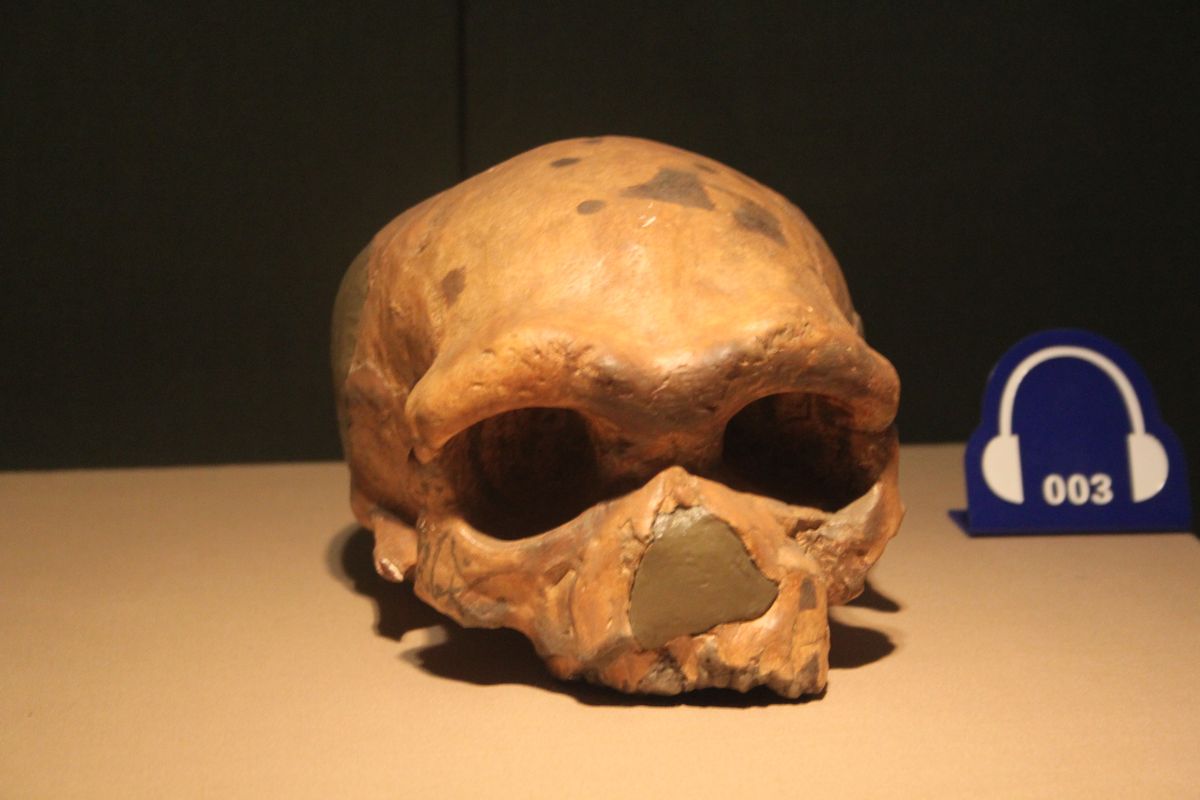0 Commentaires
0 Parts
166 Vue

Annuaire
Elevate your Sngine platform to new levels with plugins from YubNub Digital Media!
-
Connectez-vous pour aimer, partager et commenter!
-
 WWW.IFLSCIENCE.COMDo Fish Sleep?Sleep evolved in animals at least 450 million years ago, before any creatures crawled out of the ocean.0 Commentaires 0 Parts 172 Vue
WWW.IFLSCIENCE.COMDo Fish Sleep?Sleep evolved in animals at least 450 million years ago, before any creatures crawled out of the ocean.0 Commentaires 0 Parts 172 Vue -
 WWW.IFLSCIENCE.COMGlowing Plants, Punk Ankylosaur, And Has The Wow! Signal Been Solved?Sit back, relax, and lets Break It Down in episode 73...0 Commentaires 0 Parts 170 Vue
WWW.IFLSCIENCE.COMGlowing Plants, Punk Ankylosaur, And Has The Wow! Signal Been Solved?Sit back, relax, and lets Break It Down in episode 73...0 Commentaires 0 Parts 170 Vue -
 WWW.IFLSCIENCE.COMGen Z Might Not Be On Course For A Midlife Crisis Good News, Right? WrongNew research suggests younger people are already experiencing worse mental health, instead of a spike in midlife.0 Commentaires 0 Parts 179 Vue
WWW.IFLSCIENCE.COMGen Z Might Not Be On Course For A Midlife Crisis Good News, Right? WrongNew research suggests younger people are already experiencing worse mental health, instead of a spike in midlife.0 Commentaires 0 Parts 179 Vue -
 WWW.IFLSCIENCE.COMYet Another Ancient Human Skull Turns Out To Be DenisovanWe're finally beginning to understand what these extinct hominins looked like.0 Commentaires 0 Parts 181 Vue
WWW.IFLSCIENCE.COMYet Another Ancient Human Skull Turns Out To Be DenisovanWe're finally beginning to understand what these extinct hominins looked like.0 Commentaires 0 Parts 181 Vue -
Do Fish Sleep?Do Fish Sleep?Yes, some fish do have a sleep-like state, although the brain activity is different from that of humans and other mammals. Can it truly be considered sleep? It depends on your definition, but it is evident that many fish enter a resting, semi-dormant state that appears to have some restorative function.The rest of this article is behind a paywall. Please sign in or subscribe to...0 Commentaires 0 Parts 1KB Vue
-
Glowing Plants, Punk Ankylosaur, And Has The Wow! Signal Been Solved?Glowing Plants, Punk Ankylosaur, And Has The Wow! Signal Been Solved?Glowing Plants, Punk Ankylosaur, And Has The Wow! Signal Been Solved?Sit back, relax, and let’s Break It Down in episode 73...Charlie HaighMarketing Coordinator & WriteremailImage credit: Edited by IFLScienceThis week on Break It Down: Think you know Earth? Think again; a new campaign is trying to overturn the highly...0 Commentaires 0 Parts 1KB Vue
-
Gen Z Might Not Be On Course For A Midlife Crisis – Good News, Right? WrongGen Z Might Not Be On Course For A Midlife Crisis – Good News, Right? WrongGood news, the dreaded midlife crisis may be about to become a thing of the past. The bad news, however, is that this is not due to positive societal improvements, but because young people’s mental health is declining already.The rest of this article is behind a paywall. Please sign in or subscribe to access the full...0 Commentaires 0 Parts 2KB Vue
-
Yet Another Ancient Human Skull Turns Out To Be DenisovanYet Another Ancient Human Skull Turns Out To Be DenisovanA prehistoric skull that was discovered in China in the 1970s probably belongs to a Denisovan, according to the results of a new study. Known as Dali Man, the specimen was previously the subject of a taxonomical debate and had been tentatively identified as either Homo erectus or an archaic Homo sapiens, yet now appears to display almost...0 Commentaires 0 Parts 1KB Vue
-
 WWW.DUALSHOCKERS.COM8 Most Disappointing Nintendo Game CancellationsTheres nothing more disappointing than when an anticipated game gets canceled.0 Commentaires 0 Parts 161 Vue
WWW.DUALSHOCKERS.COM8 Most Disappointing Nintendo Game CancellationsTheres nothing more disappointing than when an anticipated game gets canceled.0 Commentaires 0 Parts 161 Vue



